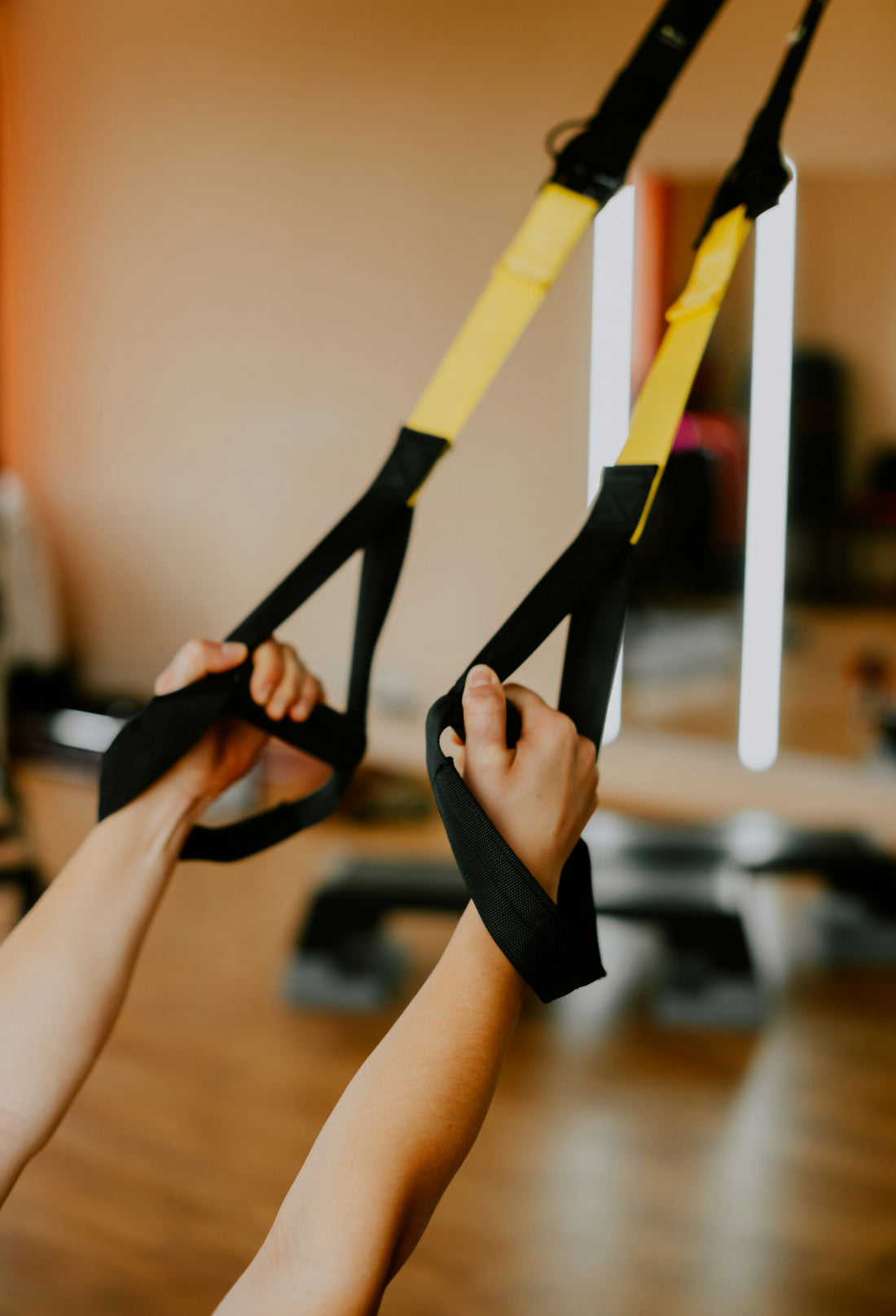
Exercise enhances cellular renewal effectively
Share
Recent research has highlighted a significant link between long-term resistance exercise and the enhancement of cellular autophagy, a process vital for cellular health and longevity. This discovery is a key takeaway from a systematic review that analyzed 26 human studies, focusing on how different forms and intensities of exercise influence autophagy markers in the body.
What is autophagy?
Autophagy is a fundamental cellular process by which cells degrade and recycle their own components through an internal system akin to cellular "waste management." This process is essential for maintaining cellular health, responding to stress, and controlling quality by removing damaged organelles, misfolded proteins, and pathogens. The word "autophagy" derives from the Greek words for "self" (auto) and "eating" (phagy), literally meaning "self-eating."
This process involves the formation of double-membrane vesicles known as autophagosomes that engulf cellular debris. These autophagosomes then fuse with lysosomes, organelles filled with enzymes, to form autolysosomes where the captured content is degraded and recycled. This recycling process provides the cell with vital components such as amino acids and fatty acids that can be reused for the synthesis of new cellular components.
Autophagy plays a crucial role in various physiological processes, including survival during nutrient starvation, development, aging, and immunity. It also helps in the prevention of diseases like cancer, neurodegeneration, and infections. Dysregulation of autophagy has been linked to multiple diseases, highlighting its significance as a target for therapeutic intervention.
Manipulating autophagy: a key to slowing aging
Autophagy, the body's mechanism for clearing out damaged cells and regenerating newer, healthier ones, is increasingly recognized as a critical component in the aging process. Techniques to boost autophagy include fasting, certain pharmaceuticals like rapamycin and lithium, and even physical methods such as ultrasound treatments. However, this process must be carefully balanced, as overstimulation of autophagy may have detrimental effects, particularly in processes such as DNA damage repair.
Exercise and autophagy: what the research says
In the realm of exercise science, the activation of autophagy, especially mitophagy—the specific removal of damaged mitochondria—is widely studied. While animal studies strongly support exercise-induced autophagy, human studies show a more mixed response. The systematic review in question measured autophagy markers such as LC3-II and SQSTM1 in various tissues after exercise. Findings were mixed across different exercise intensities and types, but a clear pattern emerged from resistance training.
After acute resistance exercises, a reduction in autophagy markers was generally noted. However, following a prolonged period of resistance training, there was a notable increase in these markers, suggesting enhanced autophagic activity. Contrastingly, moderate and vigorous endurance exercises did not show consistent changes in these autophagy markers, although other autophagic and mitophagic markers such as BNIP3, Beclin-1, and ATG12 were elevated.
Additionally, the response to exercise also appeared to be tissue-specific. For instance, resistance exercise typically reduced LC3-II levels and increased SQSTM1 levels in skeletal muscle, indicating reduced autophagy. Conversely, in peripheral blood mononuclear cells (PBMCs), exercise seemed to induce autophagy. This points to different regulatory mechanisms of autophagy in various tissues.
Concluding insights on exercise and autophagy
The research underscores that long-term resistance training might be the most effective type of exercise to boost autophagy in humans. However, the potential health benefits of other forms of exercise, such as endurance training, might be mediated through mechanisms other than autophagy.
This study's limitations include its reliance on western blot analysis for protein markers and the focus on only skeletal muscle and PBMCs, primarily involving young and middle-aged healthy participants. Despite these constraints, the findings open up new avenues for exploring how exercise can be optimized to enhance cellular rejuvenation and combat aging.